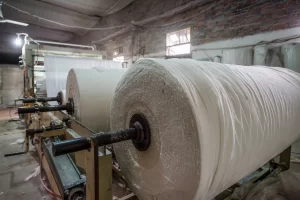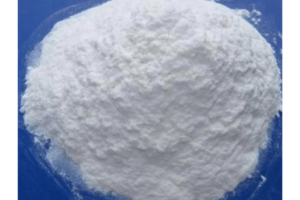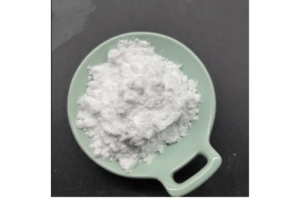Carboxymethyl cellulose (CMC) is a chemically modified derivative of cellulose, one of the most abundant organic compounds on Earth. While cellulose itself is insoluble in water, CMC is notably water-soluble. This difference in solubility is a result of several factors stemming from the molecular structure and chemical properties of CMC.
1. Molecular Structure of Cellulose and CMC: Cellulose is a polysaccharide, consisting of long chains of glucose units linked by β-1,4-glycosidic bonds. This structure enables extensive hydrogen bonding between hydroxyl groups of adjacent chains, leading to the formation of rigid, highly ordered crystalline regions. These regions are insoluble in water due to the strong intermolecular forces that must be overcome to disrupt the crystalline structure.
In contrast, CMC is produced by substituting some of the hydroxyl groups in cellulose with carboxymethyl groups (-CH2-COOH). This substitution disrupts the regular hydrogen-bonding network, reducing the crystallinity of the cellulose and increasing its solubility in water.
2. Hydrophilicity of Carboxymethyl Groups: The carboxymethyl groups introduced into the cellulose backbone are highly hydrophilic. They attract and interact with water molecules through hydrogen bonding and dipole-dipole interactions. This interaction is much stronger than the interaction between water molecules and the hydroxyl groups of cellulose. Consequently, CMC can absorb and retain a large amount of water, leading to its dissolution.
3. Ionic Character of CMC: At a pH above the pKa of the carboxylic acid groups (approximately 4.3), these groups ionize, imparting a negative charge to the CMC molecule. The presence of these negative charges further enhances solubility. In an aqueous environment, water molecules, which have a partial positive charge on the hydrogen atoms, are attracted to these negatively charged sites, facilitating dissolution. Additionally, the repulsion between negatively charged sites on CMC chains helps to keep them apart, preventing re-aggregation and aiding in solubility.
4. Degree of Substitution: The degree of substitution (DS) — the average number of hydroxyl groups replaced per glucose unit in the cellulose chain — also plays a critical role in solubility. Higher DS generally leads to greater solubility as more hydrophilic carboxymethyl groups are present to interact with water. The pattern of substitution along the cellulose chain also affects solubility; random substitution tends to enhance solubility more than blockwise substitution.
5. Chain Length and Molecular Weight: The chain length and molecular weight of CMC can affect its water solubility. Lower molecular weight CMC, with shorter polymer chains, tends to be more soluble than high molecular weight CMC. This is because shorter chains have less tendency to entangle and form aggregates, making it easier for water molecules to penetrate and interact with the carboxymethyl groups.
Applications of CMC’s Water Solubility: CMC’s water solubility makes it valuable in numerous applications. It’s used as a thickening agent in food products, a stabilizer in pharmaceuticals, and as a film-forming agent in biodegradable plastics. Its ability to form gels and retain water is exploited in products like lubricants, soil conditioners, and in water-based paints and adhesives.
In summary, the enhanced water solubility of carboxymethyl cellulose compared to cellulose is due to the introduction of hydrophilic carboxymethyl groups, the ionic nature of these groups, the degree of substitution, as well as the chain length and molecular weight of the CMC. These factors collectively disrupt the crystalline structure of cellulose, increase interaction with water molecules, and prevent re-aggregation of the chains, leading to CMC’s high solubility in water.





